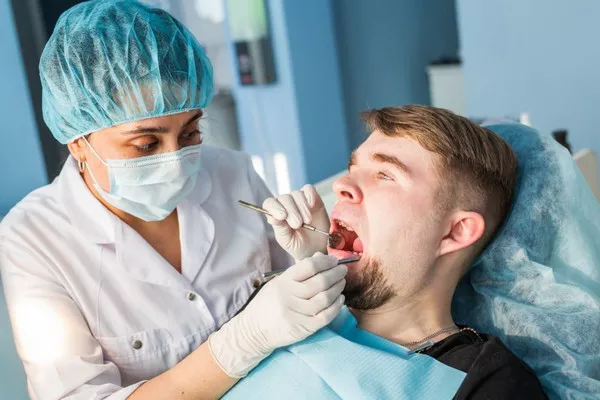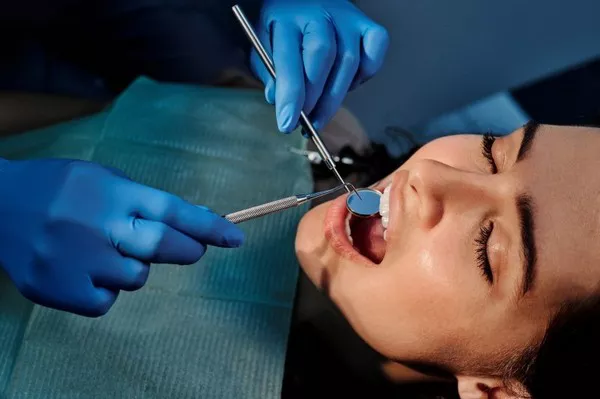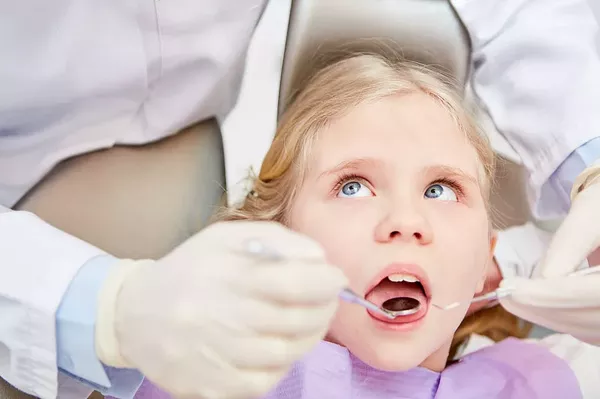In the realm of oral health, maintaining healthy gums is just as crucial as having straight teeth. For individuals undergoing orthodontic treatment with braces, the risk of developing gingivitis may increase if proper care is not taken. In this comprehensive guide, we’ll delve into the intricacies of treating gingivitis in the context of braces, offering practical tips and insights to ensure your smile remains vibrant throughout your orthodontic journey.
1. Understanding the Link Between Braces and Gingivitis
Gingivitis, an inflammation of the gums, can be exacerbated when one is undergoing orthodontic treatment with braces. The wires and brackets of braces create additional spaces for plaque and bacteria to accumulate, making it crucial to adopt a proactive approach to oral hygiene. Failure to address gingivitis promptly can lead to more severe gum diseases, impacting both oral health and the overall success of orthodontic treatment.
a. Increased Plaque Accumulation: Braces create intricate nooks and crannies that trap food particles and bacteria, promoting the formation of plaque along the gumline.
b. Challenges in Cleaning: The presence of braces makes traditional oral hygiene practices challenging, necessitating a modified and diligent approach to prevent gingivitis.
2. Tailoring Your Oral Hygiene Routine for Braces
Maintaining good oral hygiene is paramount when combating gingivitis during orthodontic treatment. Here’s a step-by-step guide to crafting an effective oral care routine tailored to braces:
a. Invest in the Right Tools: Consider using a soft-bristled toothbrush and an interdental brush to navigate around wires and brackets effectively.
b. Fluoride Mouthwash: Incorporate a fluoride-based mouthwash into your daily routine to strengthen enamel and combat bacteria in hard-to-reach areas.
c. Flossing Techniques: Master the art of flossing with braces using special orthodontic floss threaders, ensuring you clean between teeth and brackets thoroughly.
d. Regular Dental Checkups: Schedule regular appointments with your orthodontist and dentist for professional cleanings and guidance on maintaining optimal oral health.
3. Dietary Adjustments for Gingivitis Management with Braces
Making mindful choices in your diet can significantly contribute to gingivitis prevention during orthodontic treatment. Certain foods and habits may exacerbate the risk of gum inflammation:
a. Limit Sugary Snacks: Sugary snacks can contribute to plaque formation, increasing the risk of gingivitis. Opt for braces-friendly snacks like fruits, yogurt, and cheese.
b. Hydration is Key: Drinking plenty of water helps wash away food particles and bacteria, reducing the likelihood of plaque buildup.
c. Avoid Hard and Sticky Foods: Steer clear of foods that can damage braces or get stuck in wires, as they can create breeding grounds for bacteria.
4. The Role of Orthodontic Adjustments in Gingivitis Prevention
Orthodontic adjustments play a crucial role in mitigating the risk of gingivitis during treatment. Regular visits to your orthodontist for adjustments and assessments ensure that your braces are functioning optimally:
a. Addressing Irritations: Promptly address any irritations or discomfort caused by braces to prevent inflammation and damage to the gums.
b. Ensuring Proper Alignment: Regular adjustments ensure that your braces are aligning your teeth correctly, reducing the likelihood of gum issues associated with misalignment.
5. Maintaining Consistent Dental Care Habits Post-Braces
The journey to a healthy smile doesn’t end when the braces come off. Sustaining good oral hygiene practices post-orthodontic treatment is crucial for preventing the recurrence of gingivitis:
a. Retainer Care: If a retainer is prescribed post-braces, adhere to the care instructions provided by your orthodontist to prevent plaque buildup and gum issues.
b. Regular Dental Checkups: Continue scheduling routine dental checkups to monitor your oral health and address any emerging concerns promptly.
6. The Importance of Seeking Professional Guidance
While this guide provides valuable insights, it is essential to seek professional guidance from your orthodontist and dentist. They can offer personalized recommendations based on your unique oral health needs and the specific challenges posed by your braces.
In conclusion, treating gingivitis with braces requires a proactive and tailored approach to oral care. By understanding the unique challenges posed by orthodontic treatment, adopting a meticulous oral hygiene routine, making dietary adjustments, prioritizing orthodontic adjustments, and maintaining consistent dental care habits post-braces, you can unlock a healthy and radiant smile that lasts a lifetime. Remember, a beautiful smile is not just about straight teeth but also about the overall health of your gums.
Related Links:
How to fight gingivitis fast?
How to prevent gingivitis from getting worse?
How to get rid of bleeding gums naturally?






























